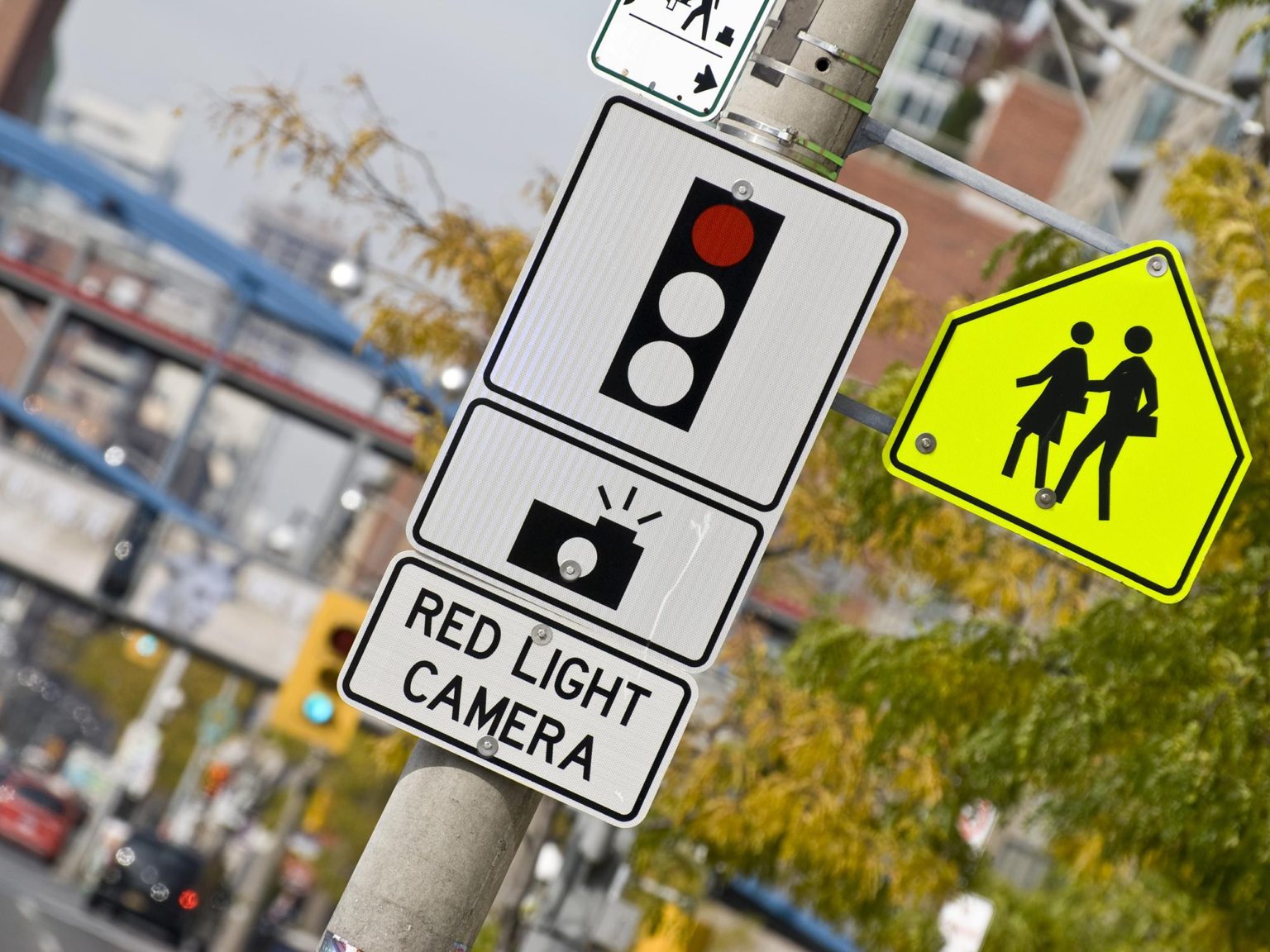New research shows that communities across the U.S. are not using as many red light cameras as they used to while implementation of speed detection cameras is increasing. Both have been shows to reduce the occurrence of automobile crashes.
A new checklist devised by AAA, Advocates for Highway and Auto Safety, the Governors Highway Safety Association (GHSA), the Insurance Institute for Highway Safety (IIHS) and the National Safety Council (NSC) was designed to serve as a roadmap for communities that are establishing or expanding automated enforcement programs and to dispel myths surrounding the use of the cameras.
“Research by IIHS and others has shown consistently that automated enforcement curbs dangerous driving behaviors and reduces crashes,” says IIHS President David Harkey. “We hope this document developed with our highway safety partners will help communities take full advantage of this tool.
“
From 2011 to 2014 more than 500 communities across the U.S. operated red light cameras. Today that number stands at 340. The systems are costly. In 2003, the U.S. Department of Transportation estimated the cost as $67,000 to $80,000 per intersection. That number doesn’t include the manpower hours, ticket mailing fees, court costs, or maintenance time and money associated with the ticketing. Today, the cost of the system is estimated to be in the $100,000 range per intersection.
Running red lights kills hundreds and injure tens of thousands of people every year, according to IIHS. In 2019, 846 people were killed and an estimated 143,000 were injured in red light running crashes. Most of those killed were pedestrians, bicyclists and people in other vehicles and not the red light runners or passengers riding with them.
“Red light running and speeding are known killers on our roads,” says Advocates President Cathy Chase. “Well-designed and implemented automated enforcement programs can deter these hazardous driving behaviors and reduce crash deaths and injuries. They can also provide an equitable, neutral option for upgrading safety. We urge states and localities to use this checklist together with road safety infrastructure improvements to help protect motorists, bicyclists, pedestrians and other vulnerable road users.”
Nearly one-quarter of all traffic fatalities in 2020 (9,478 deaths) occurred due to high speed. Crashes that occur at higher speeds tend to have more severe results.
“We know from the AAA Foundation for Traffic Safety’s research that more than two people are killed every day on U.S. roads by impatient and reckless drivers blowing through red lights,” says Jill Ingrassia, AAA’s executive director of advocacy and communications. “Automated enforcement can play a role in a comprehensive strategy to address dangerous driving behaviors and improve traffic safety for all road users. This new set of best practice guidelines is an excellent starting point in helping jurisdictions ensure these programs are well-designed, data-driven, transparent and equitably implemented.”
Camera laws vary from state to state. Currently, Maine, Mississippi, New Hampshire, South Carolina, Texas, and West Virginia prohibit both red light and speed cameras. Montana and South Dakota disallow red-light cameras, and New Jersey and Wisconsin have outlawed speed cameras.
The checklist features first-, second-, and long-term steps including many common sense action items including:
- Identifying problem intersections and roadways
- Make engineering and/or signage changes
- Establish an advisory committee
- Identify key stakeholders
- Utilize safety data to determine camera locations
- Require regular evaluations








